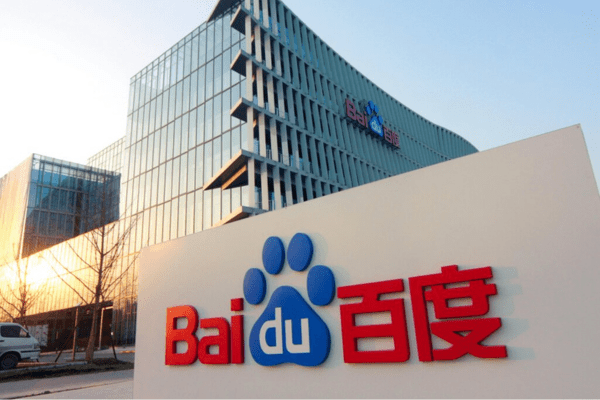China’s Baidu Inc revealed a series of new AI-powered tools on Tuesday, including a text-to-image generator and a no-code software development tool. These tools empower users to create software applications even if they lack coding skills.
As a top search engine company, Baidu has joined other tech firms in shifting focus towards commercializing large language model (LLM) applications. This move follows nearly two years of intensive research and development on models they promote as alternatives to OpenAI‘s GPT.
During the annual Baidu World Conference, CEO Robin Li introduced I-RAG, a text-to-image tool designed to address the “hallucination” problem in AI-generated images. This tool, leveraging Baidu’s search capabilities, aims to ensure that generated images stay faithful to the input text without adding non-existent elements.
Li shared that Baidu’s Ernie platform now processes 1.5 billion user interactions daily, up from 200 million in May. These interactions include text generation, question-answering, and support for various AI-driven applications.
Baidu has focused on commercializing its AI agents, which allow users to build customized applications. The company has also integrated this technology into its existing product suite, making it available to external users via cloud services.
Additionally, Baidu introduced a smart glasses device from its hardware division, Xiaodu, featuring a built-in AI assistant. These glasses include cameras for photos and videos and support voice commands through Ernie.
Unlike competitors, Baidu is not pursuing an AI-based “super app.” This strategy marks a departure from ByteDance, which has recently launched multiple standalone AI apps.
Lastly, Baidu presented Miaoda, a tool that uses its LLM to assist users in generating code, enabling software development without deep coding knowledge.



